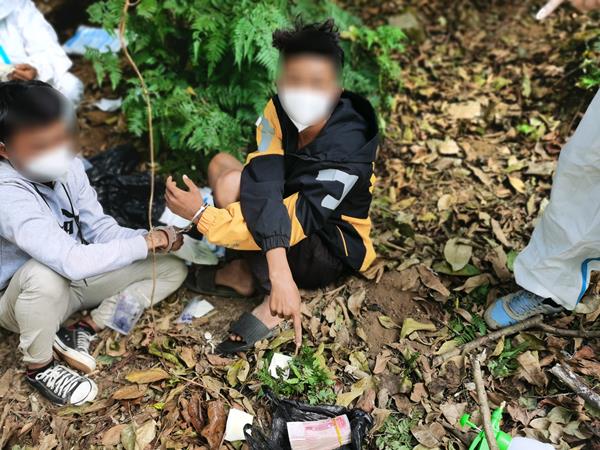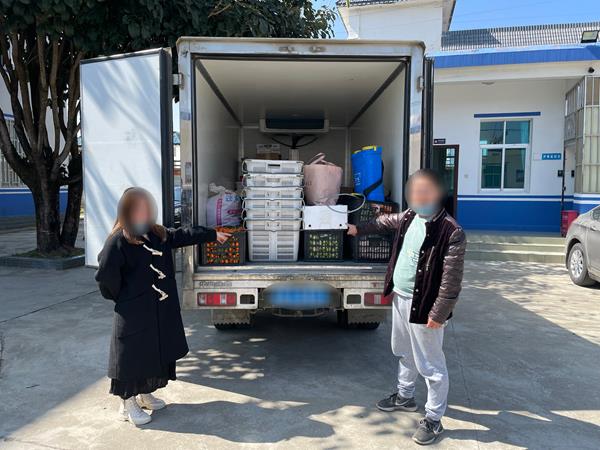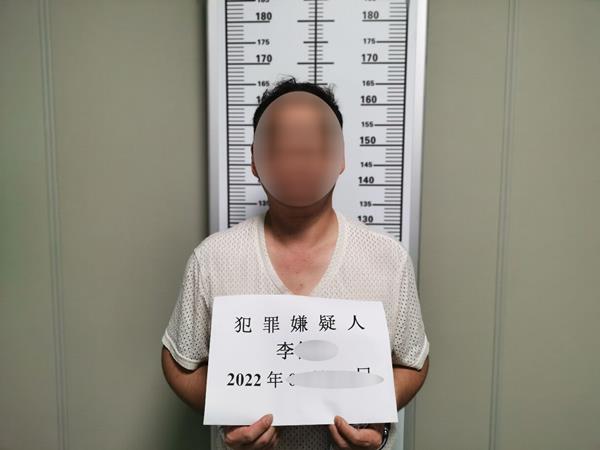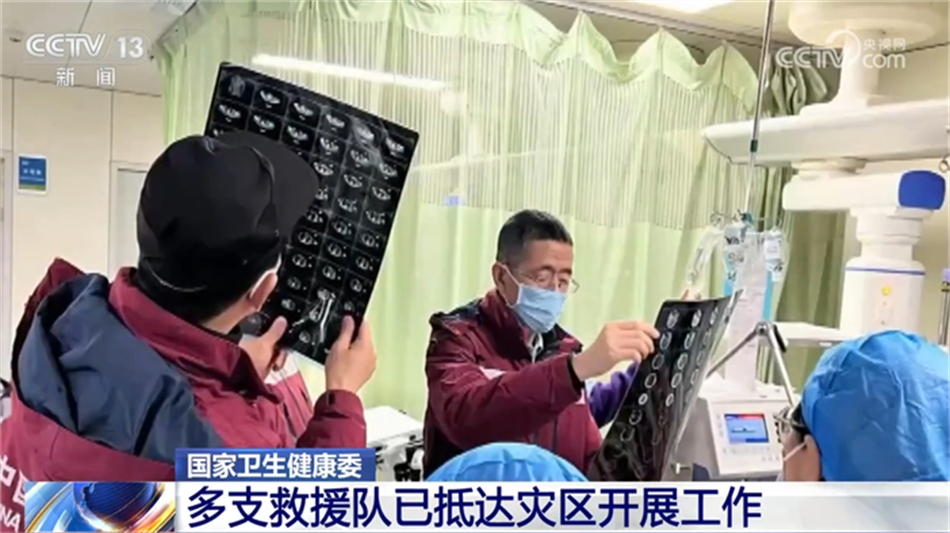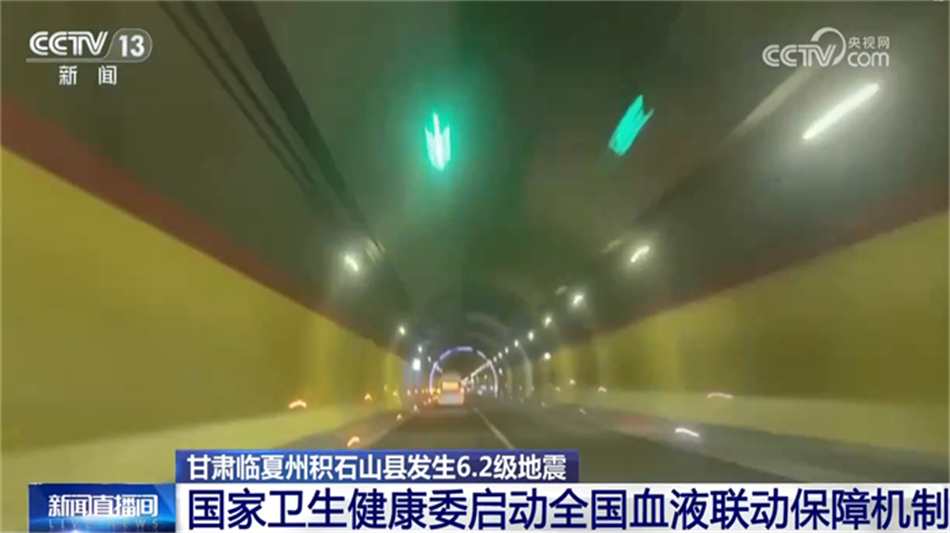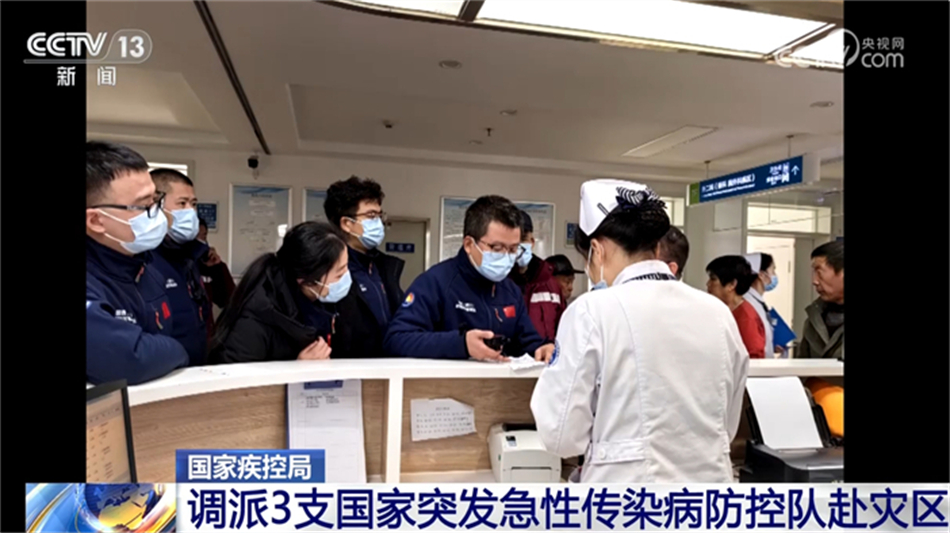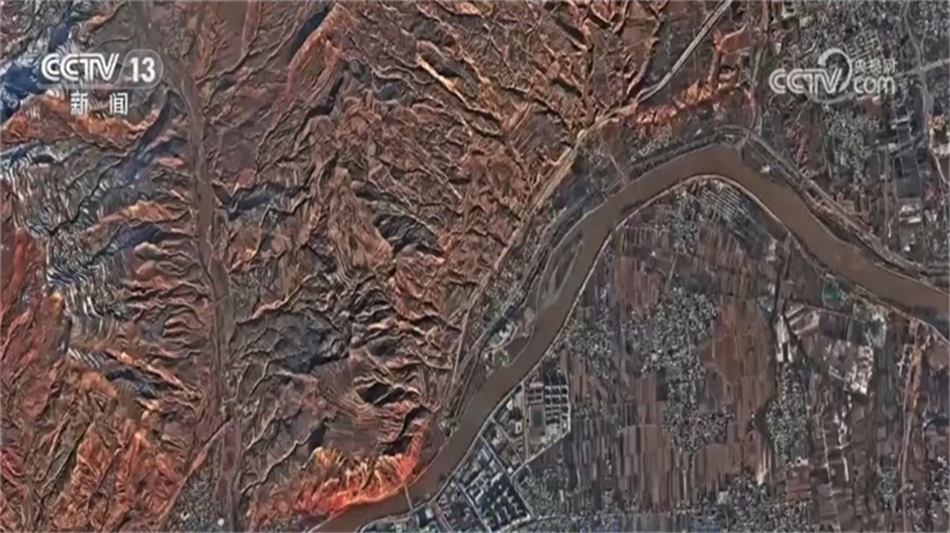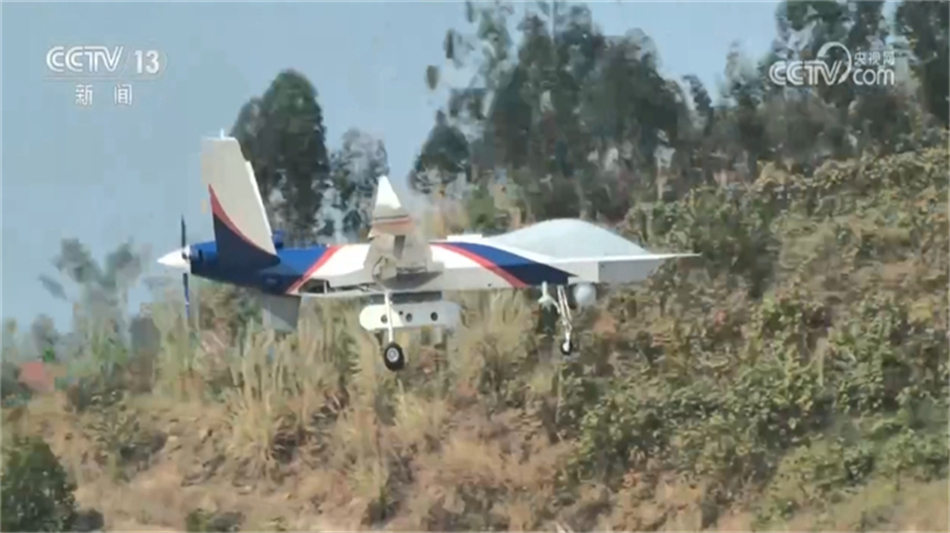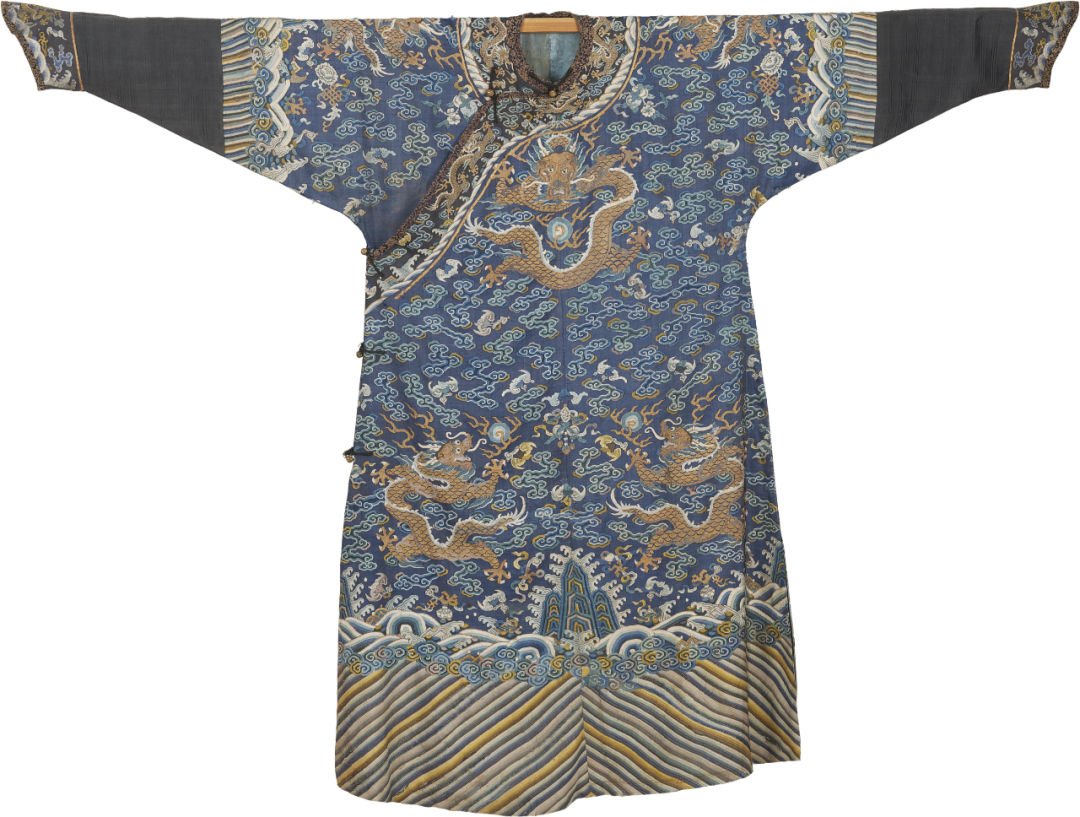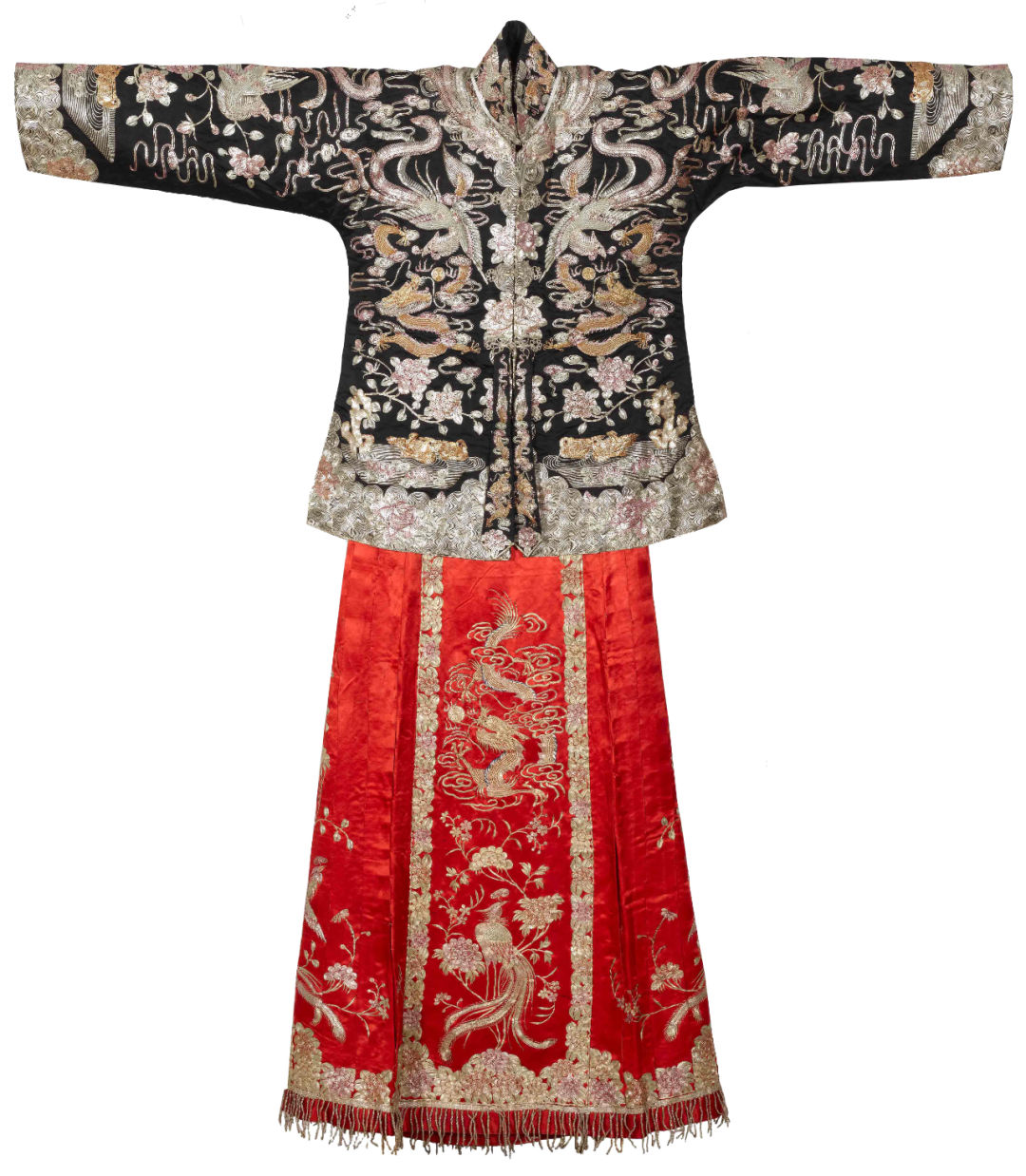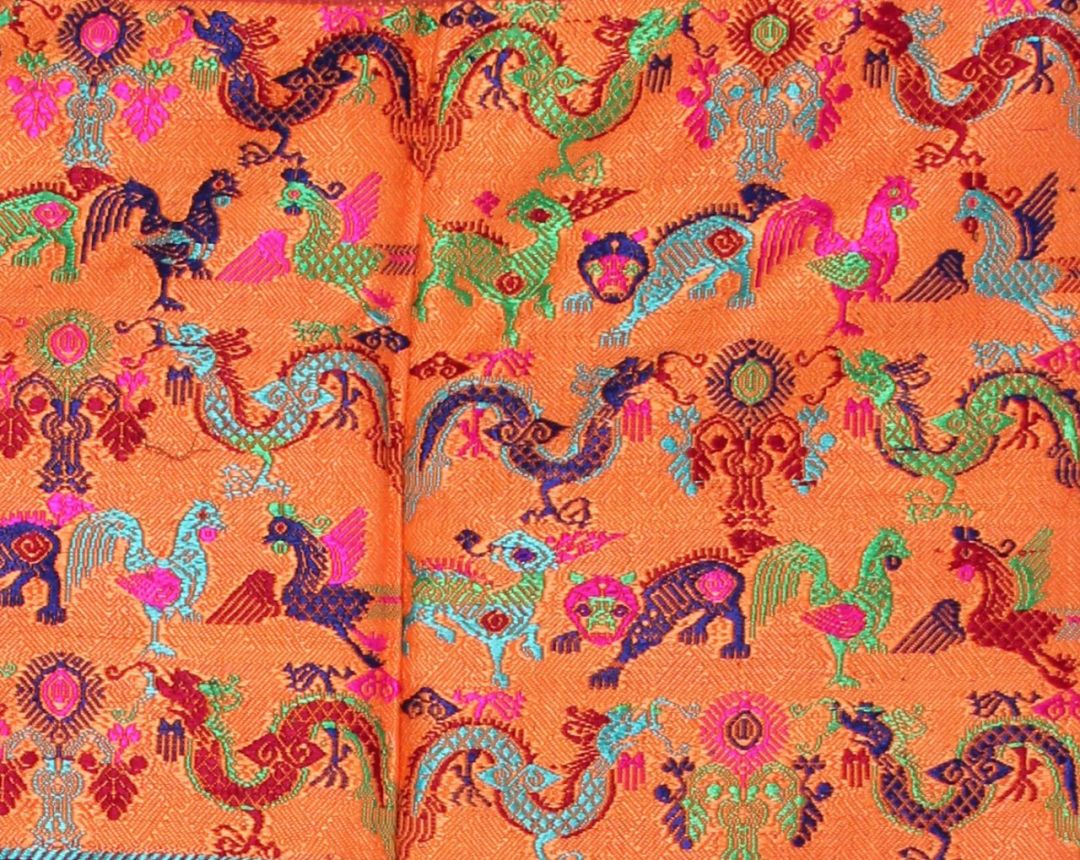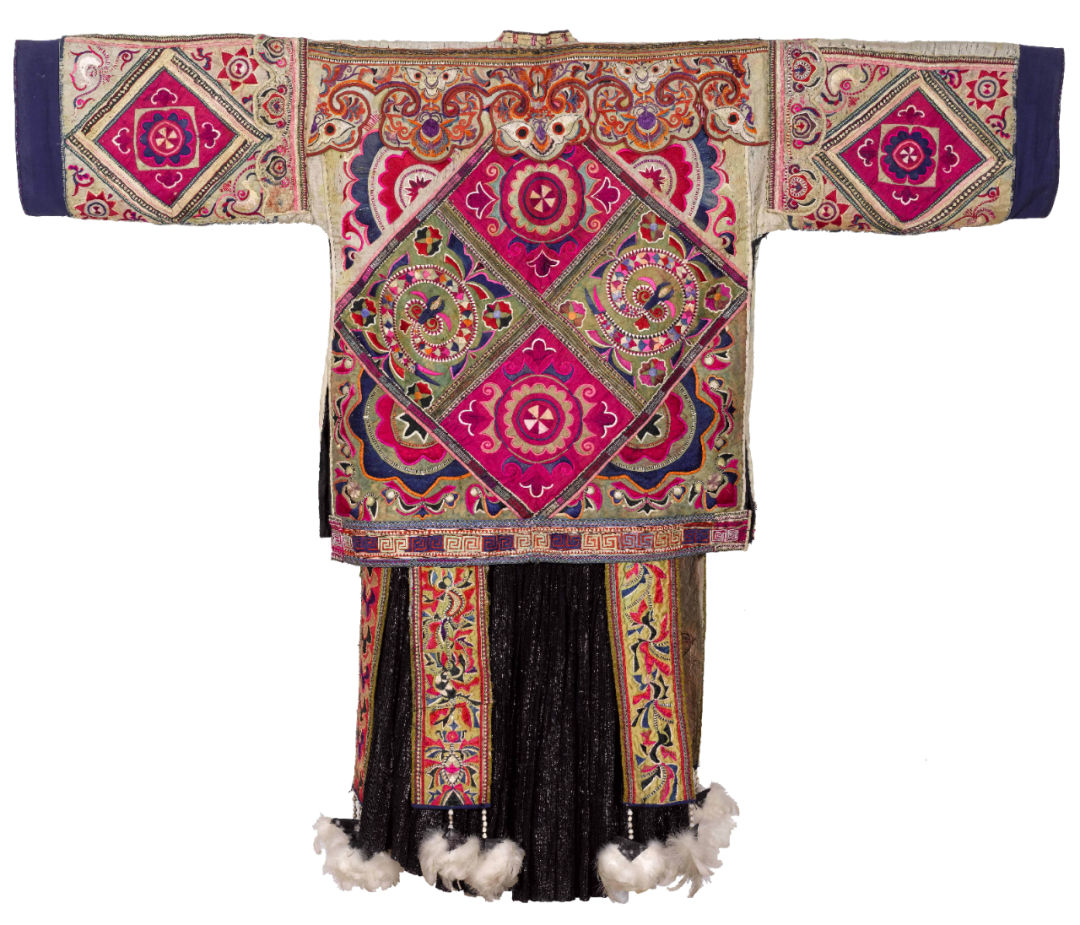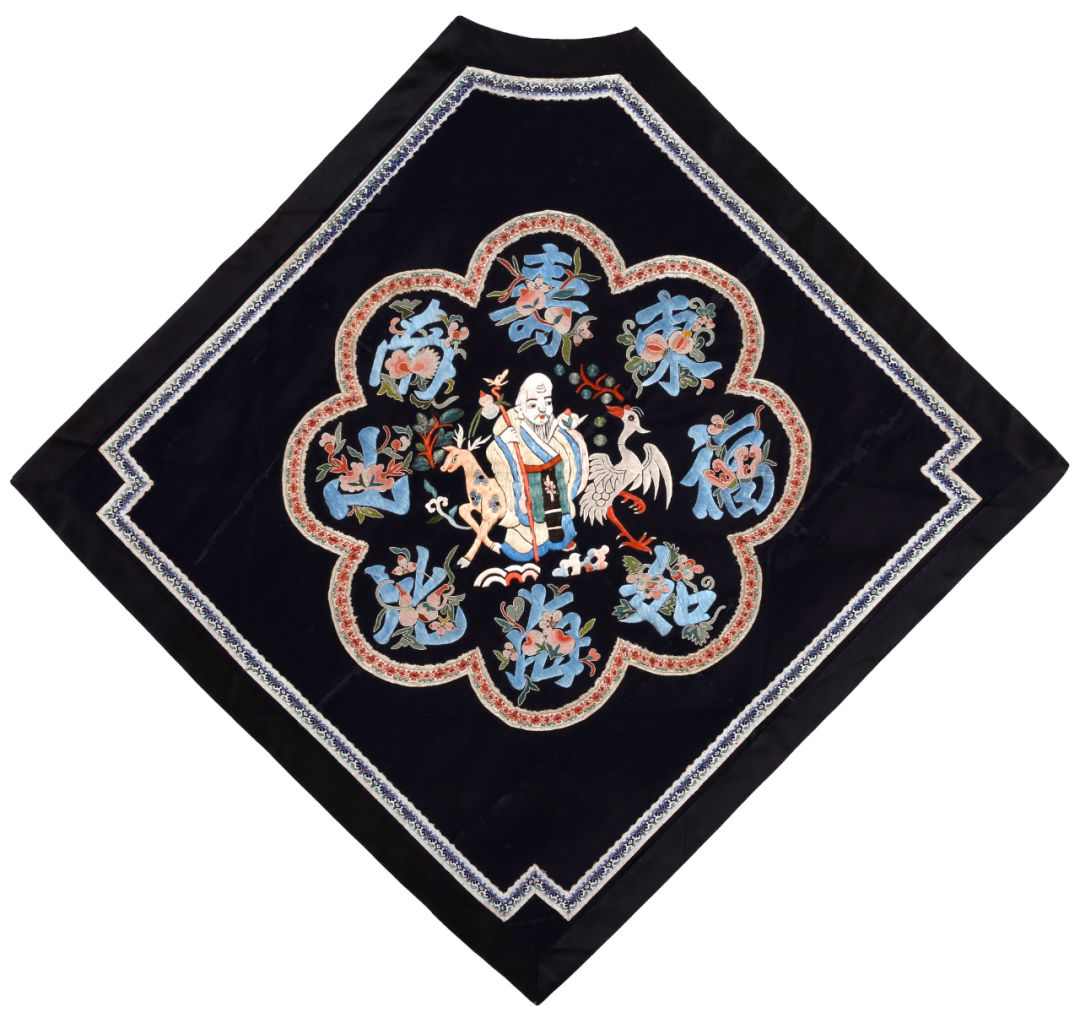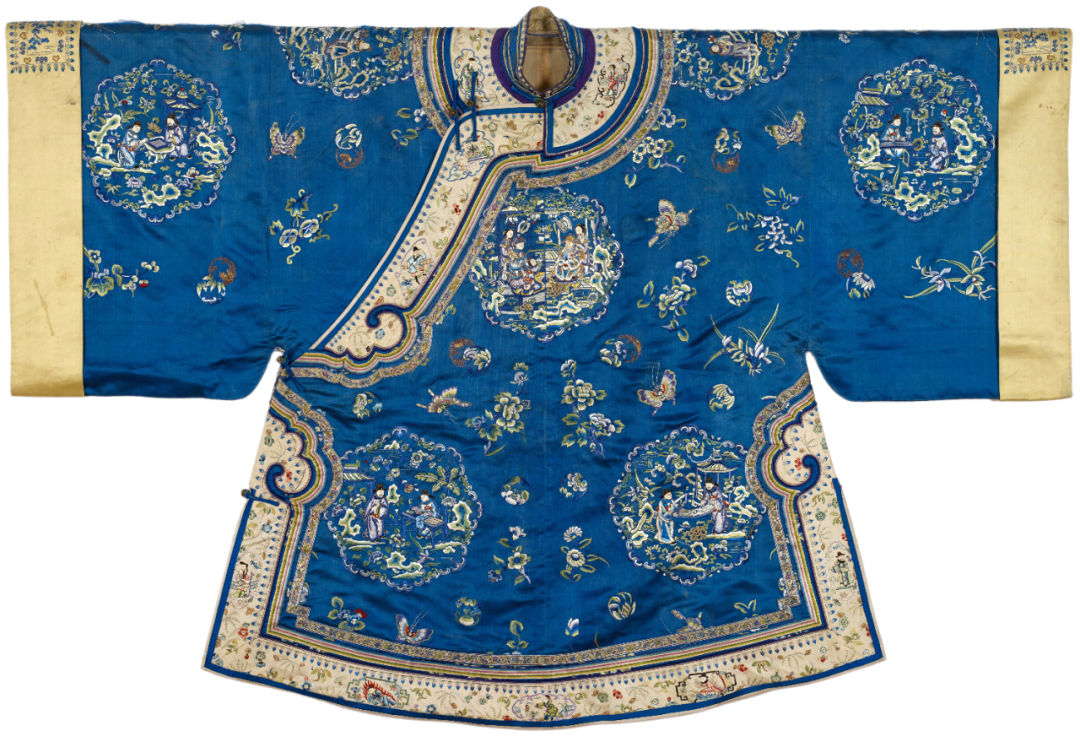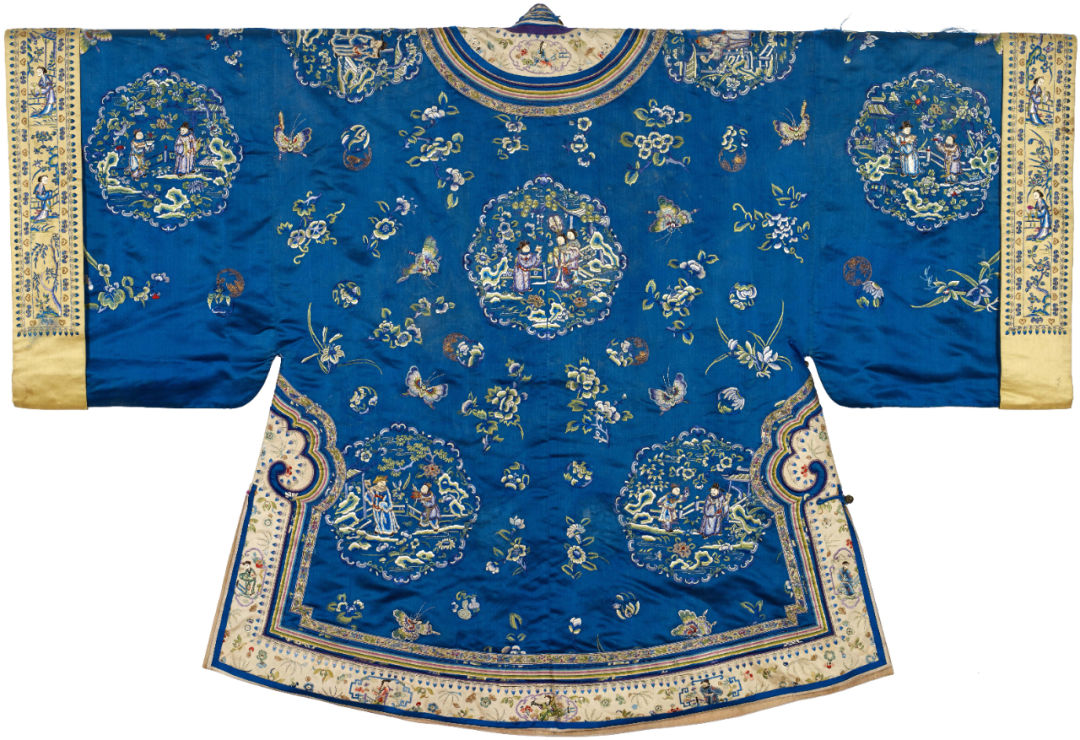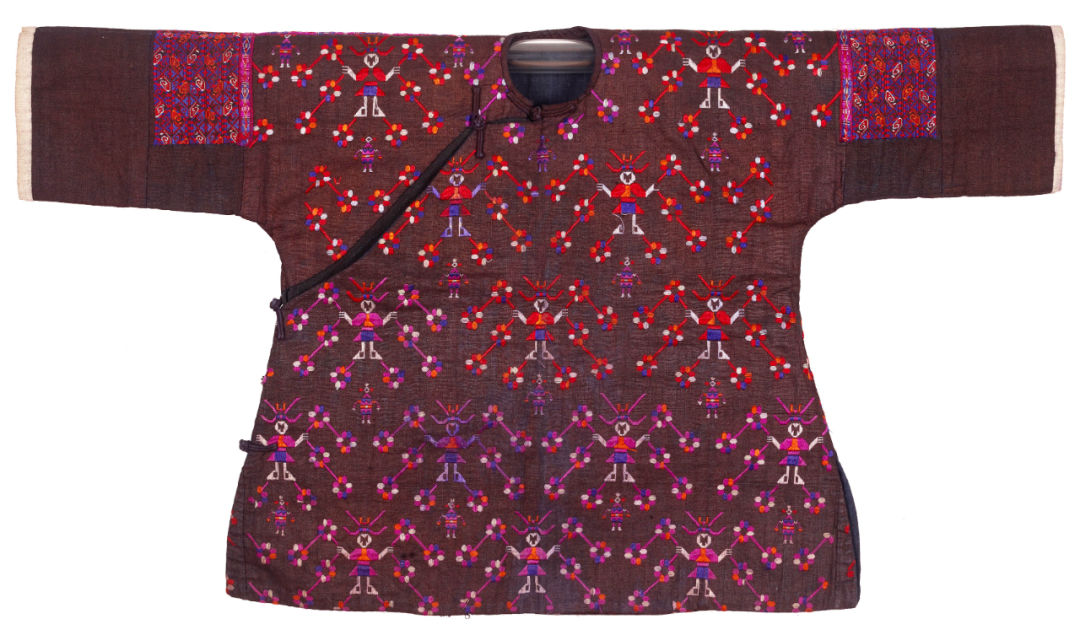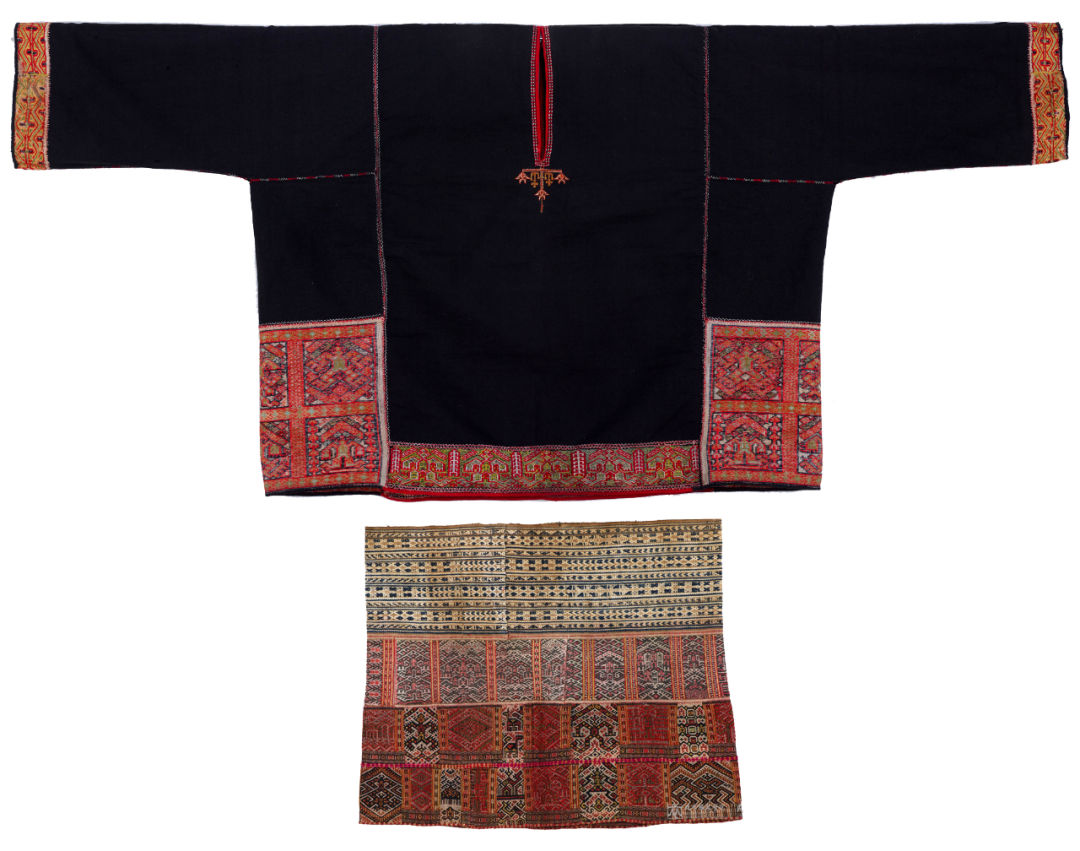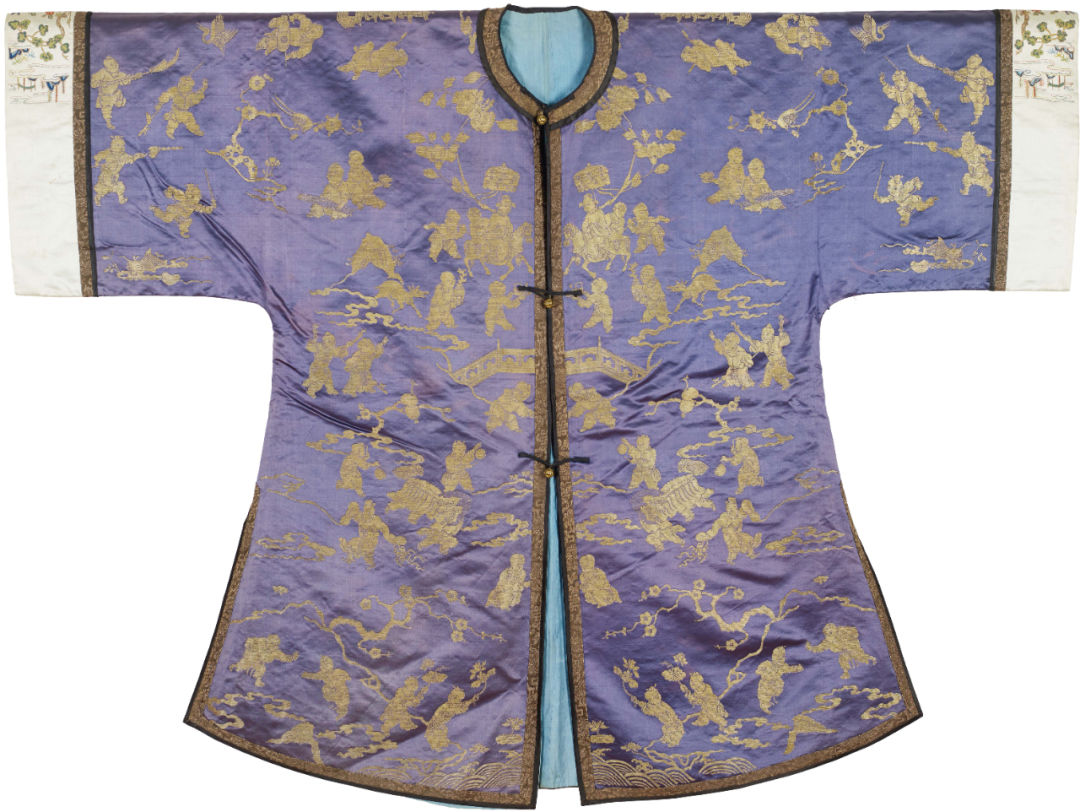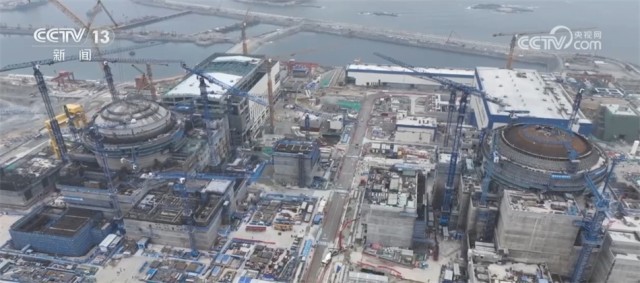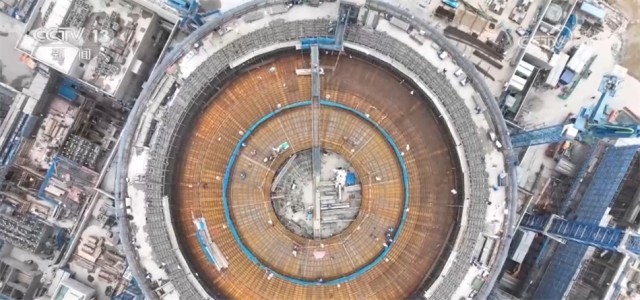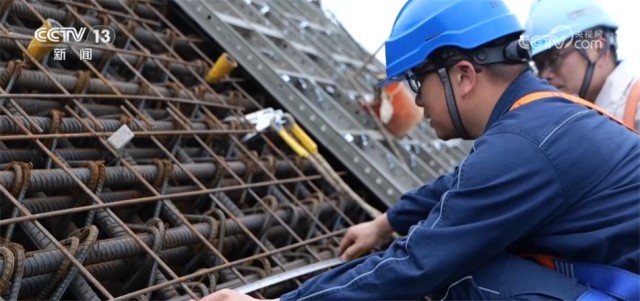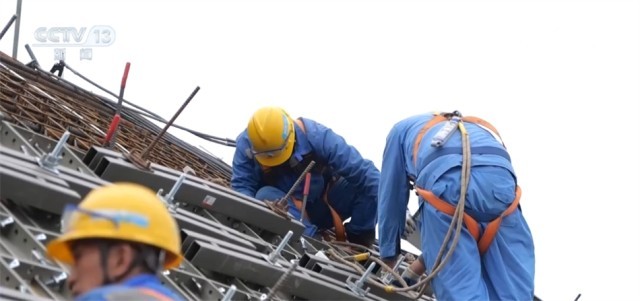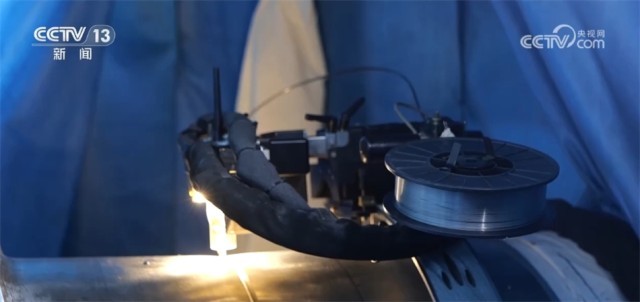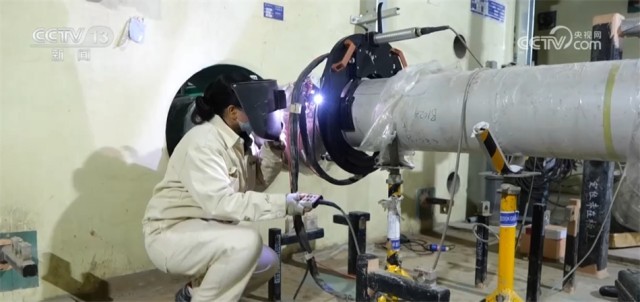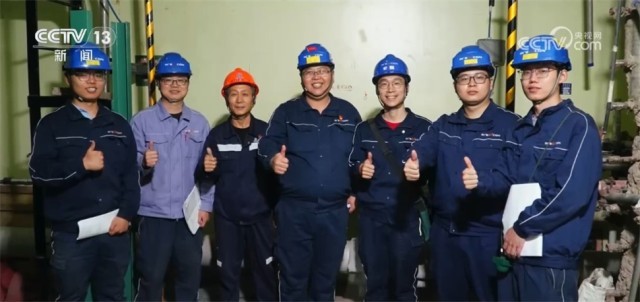Since ancient times, "social fear" has produced "everyone"
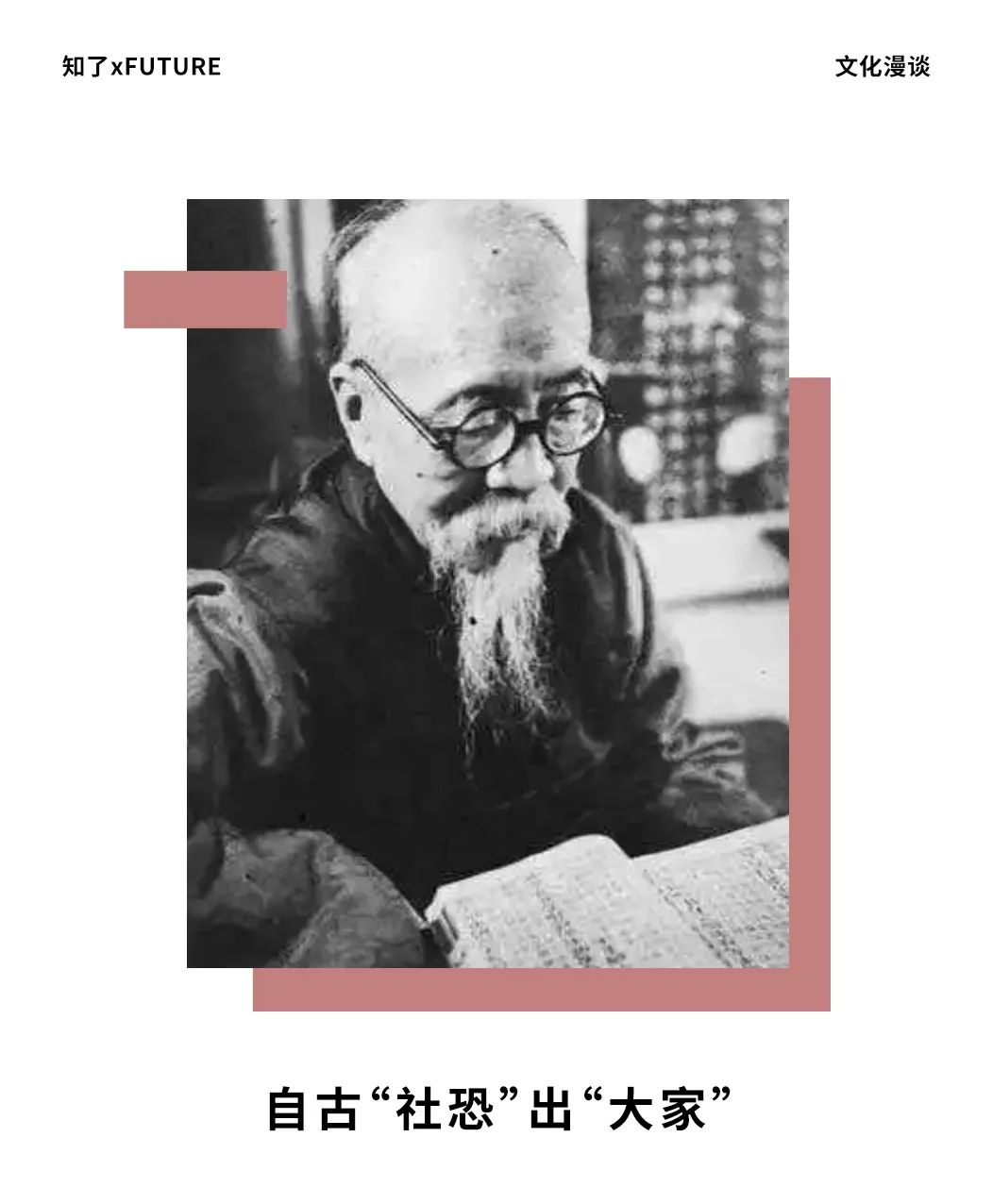
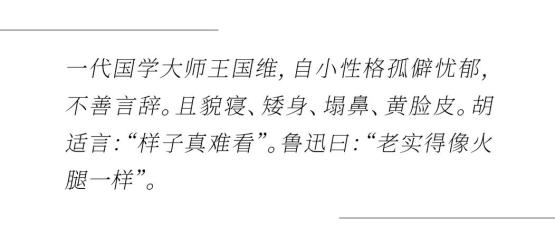
"Social cattle" and "social fear" are very popular words in modern society. Generally speaking, they are extroverts and introverts. These two kinds of people can be said to live at the two extremes of this society. Social cattle are always easy to attract other people’s ideas and get into a ball with others, but social fears are always difficult to be discovered. It seems that people who are easy to accomplish things are all "social cows", but on the other hand, those "everyone" seem to be "social fears".
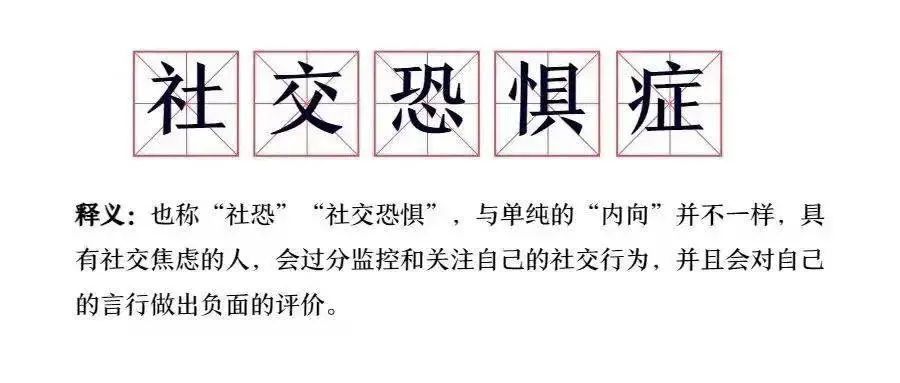
Qi Baishi, a "patient with advanced social phobia"
Many people will ask if Qi Baishi, a master painter, is afraid of society. If he is afraid of society, how can he have an affair? He has been helped by nobles on his way to growth, and his "circle of friends" has also expanded a lot after his stage name has gradually increased. He often paints for celebrities at that time. But he is a veritable social fear, and he is still in the late stage. He refuses to be visited by the outside world by pretending to have a heart attack every day.
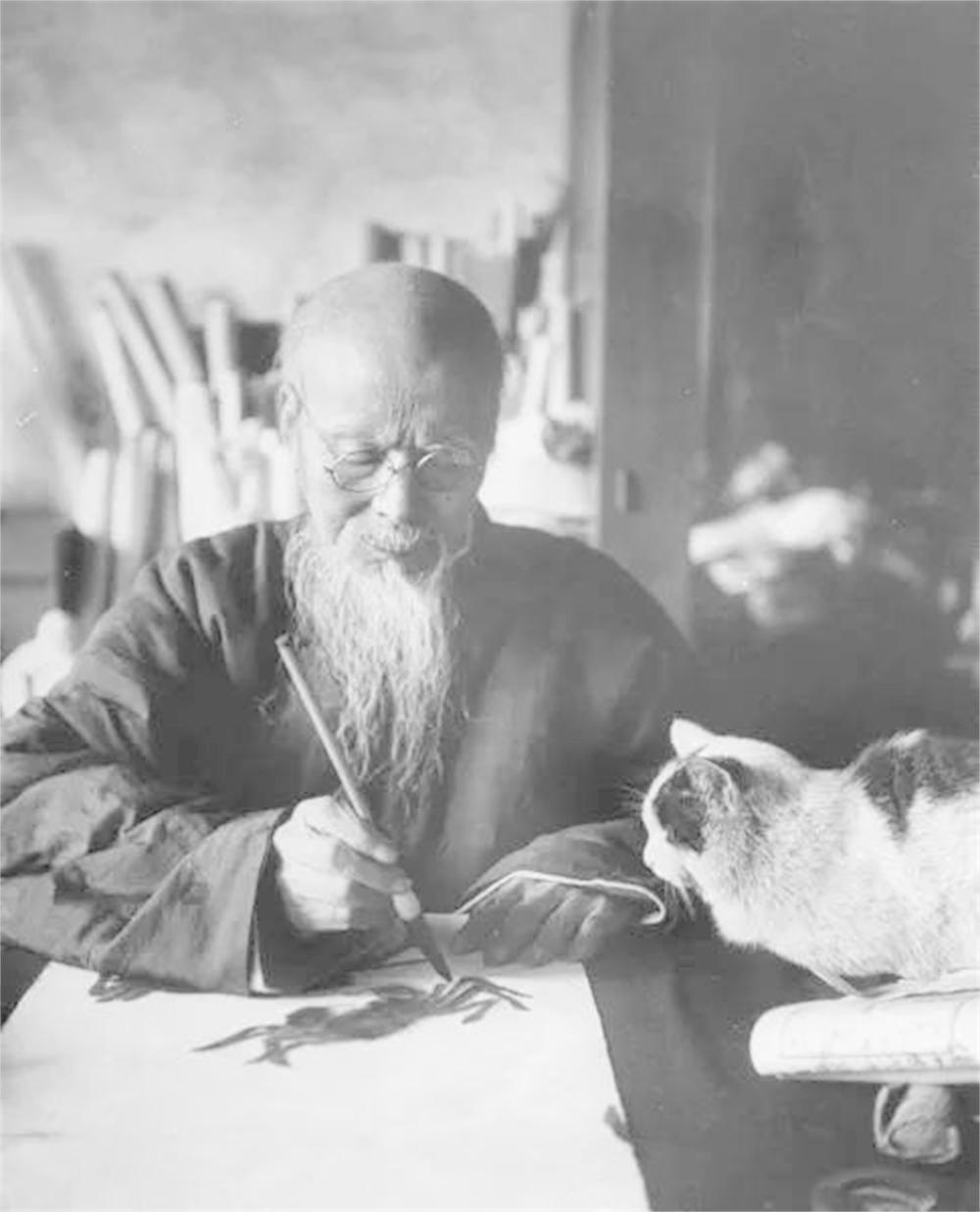
Qi Baishi was painting crabs, taken by Jack Burns in 1948.
When Qi Baishi learned from Wang Kaiyun in his early years, his nature of "social fear" was revealed. After Wang Kaiyun heard the story of Qi Baishi, he repeatedly expressed his willingness to accept him as a disciple, but Qi Baishi hesitated again and again, fearing that he would "flaunt himself by taking advantage of the situation", so that Wang Kaiyun felt that he was very strange, and he felt that he was "arrogant, not arrogant, fawning on others and refusing to fawn on him".
After living in Beijing, Qi Baishi was not found in the circle of painters. He declared in a seal that "all paintings will be unable to join." This withdrawn life style is quite strange, so he simply called himself, Ruiguang and Feng Jiu "the Three Weirds of the West City" and drew "The Three Weirds of the West City".
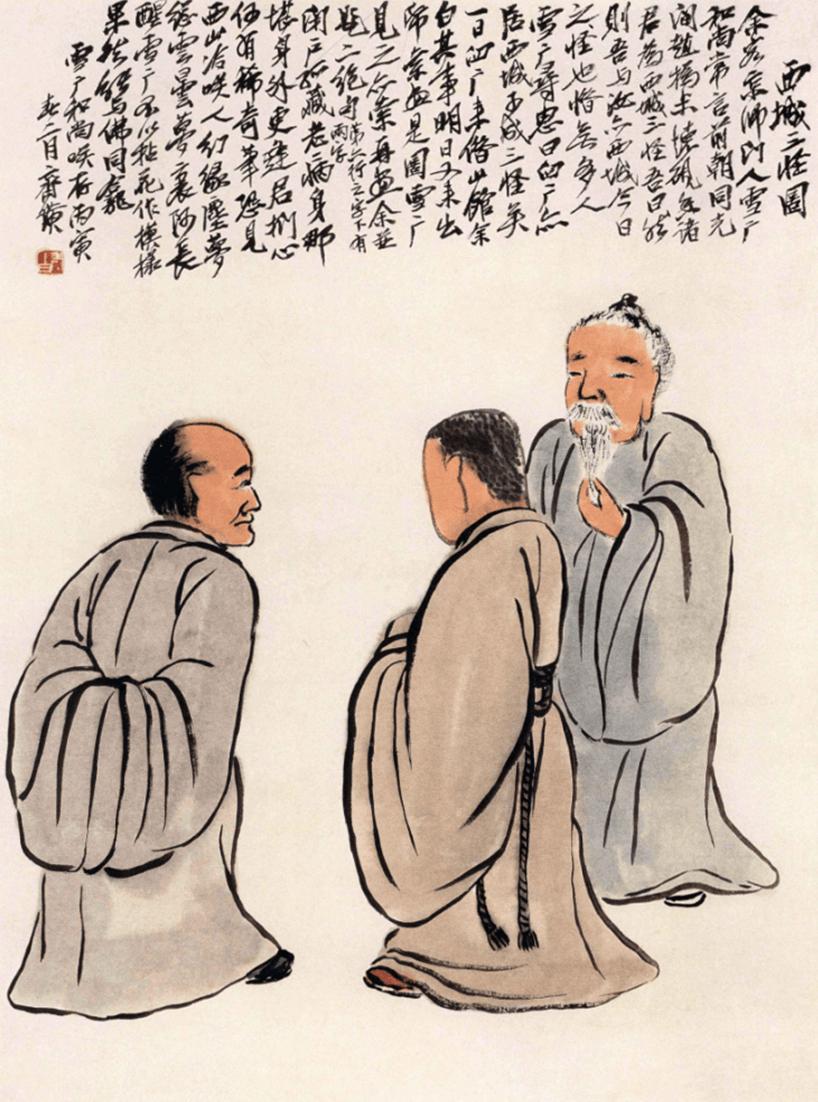
Qi Baishi’s Three Weird Pictures of Xicheng
It is his principle in life not to take sides, not to get angry and not to take part in arguments. In 1935, Zhang Daqian and Xu Yansun had an argument over a trivial matter in Morning News Pictorial. Fu Zengxiang, a famous scholar, wanted to mediate the contradiction in the form of dinner, and asked Qi Baishi to come forward. He refused to say, "I don’t like to meddle."
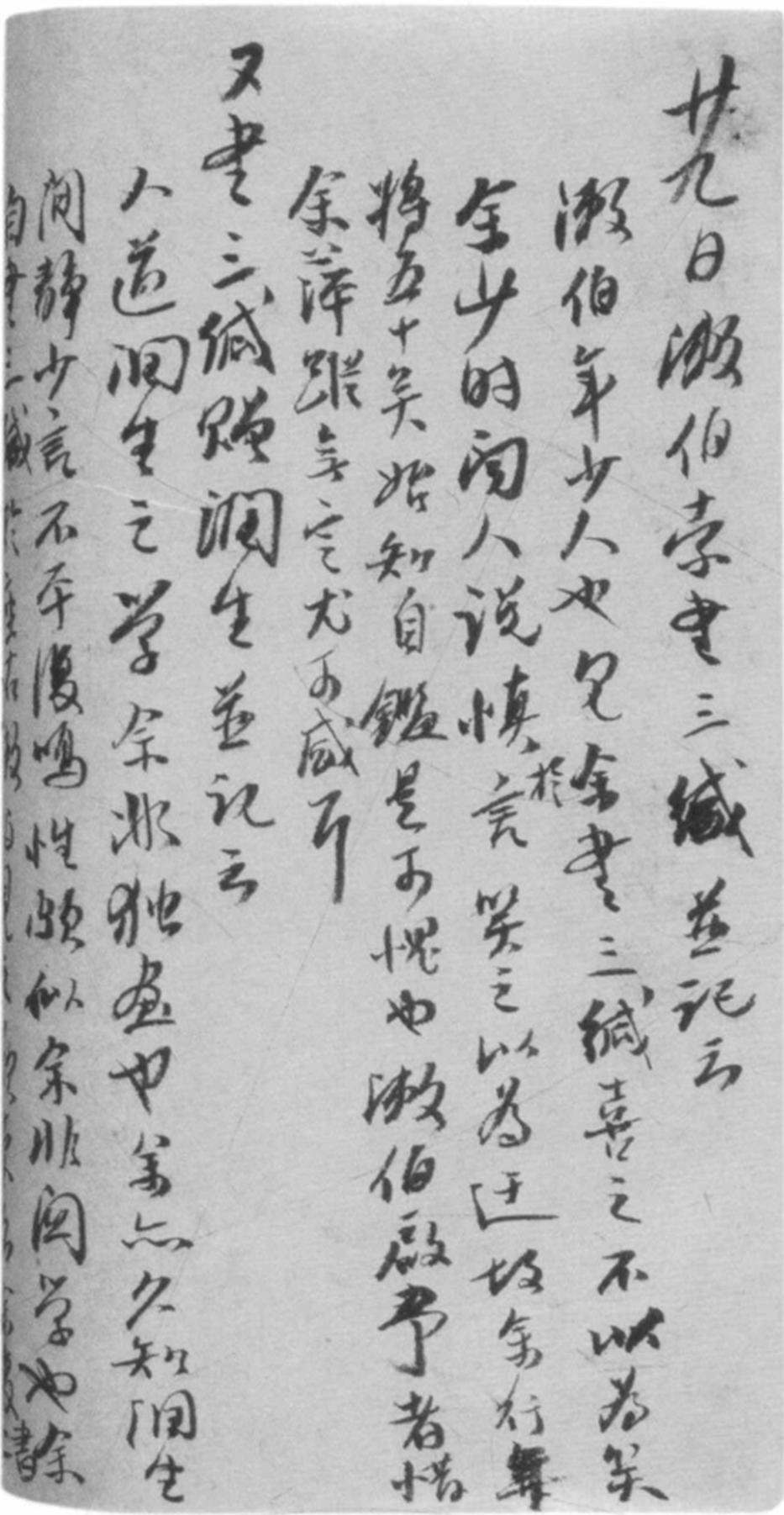
Qi Baishi wrote in Diary of Leaving the Garden
The word "three words" in Chang Shu is introspective and given to others.
In his later years, he offended many people because he didn’t like strangers. One of his students once dictated that Qi Baishi closed the door day and night, and there was a lock in the door. Someone went to see him. After the maid saw the appearance of the visitor through the crack of the door and asked about the situation, she went in and told him that if he opened the door only when he met, if he didn’t want to see it, he asked the maid to answer, "The master is not at home."
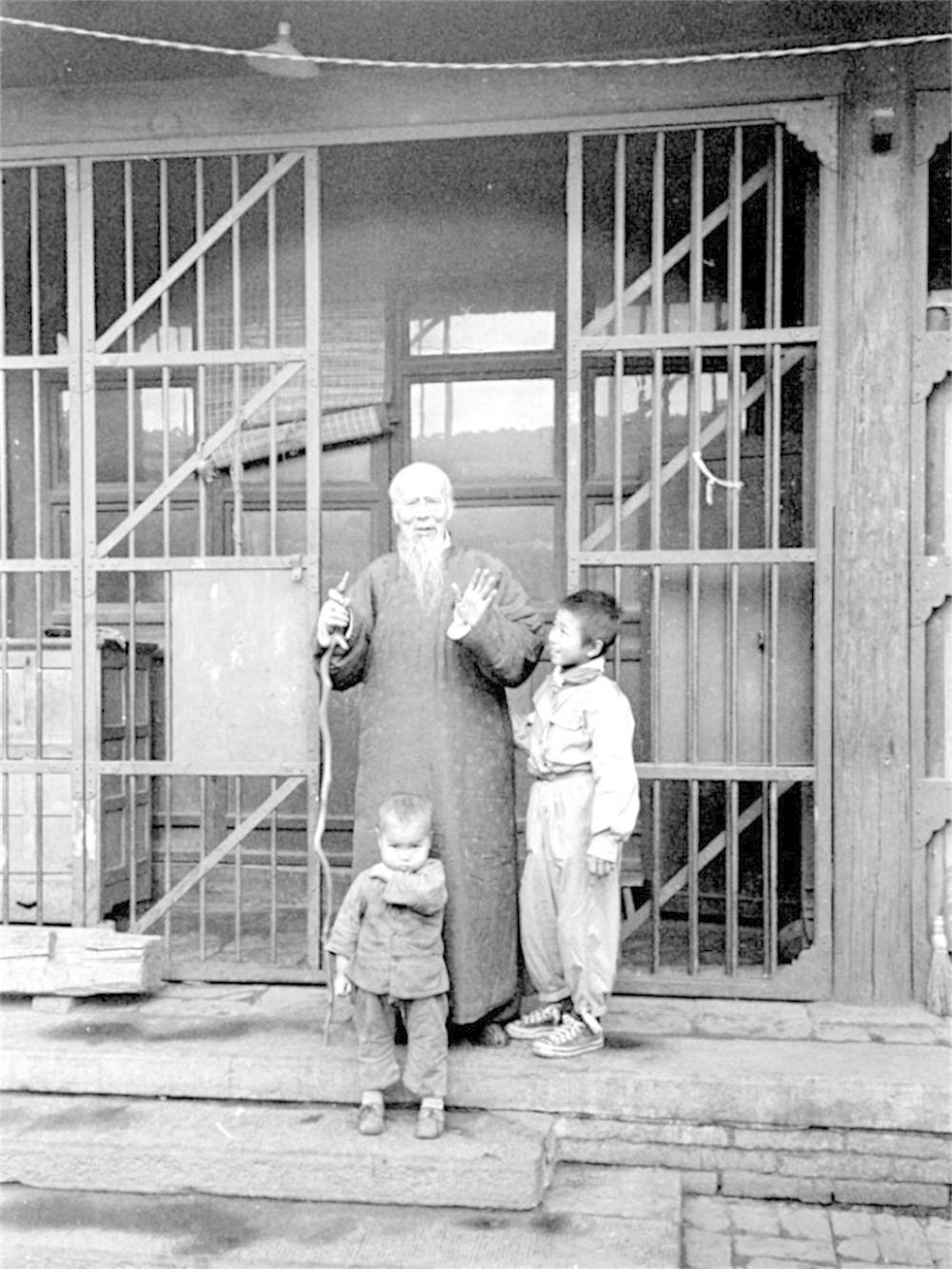
Qi Baishi’s social fear, as described in his poem "Before the eaves": "The green gate is not often opened after the age, and no one grows green moss in the small courtyard. The worm doesn’t know how to bully loneliness, but also drags petals over the wall. "
Genius Zhang Ailing’s Social Fear Life
"I am an eccentric girl", Zhang Ailing wrote in her work "Genius Dream" when she was 19 years old. She never concealed her eccentricity. She said, "I found that I had nothing but the dream of genius, and all I had was the quirks of genius. The world forgives Wagner’s laziness, but they won’t forgive me. " Even his own mother can’t accept her weirdness.
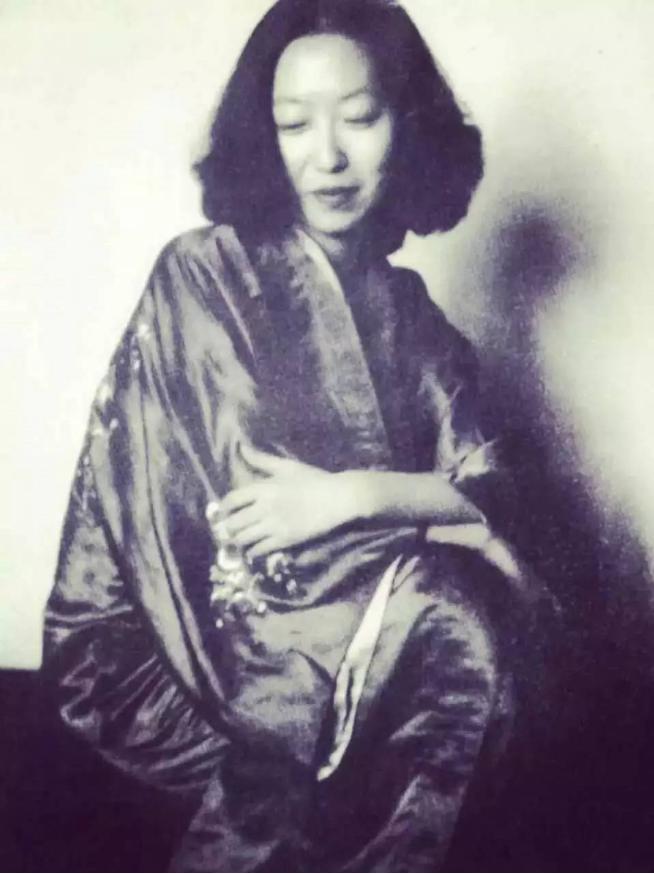
Zhang ailing’s mother has been teaching her to cook; Wash clothes with soap powder; Practice walking posture; Look at people’s glances; Remember to close the curtains after lighting; Look in the mirror to study facial expression; Don’t tell jokes if you don’t have a gift for humor. But all these teachings failed. She is still different from ordinary people. She still can’t peel apples or knit wool. She takes a rickshaw to the hospital for injections every day, but she doesn’t know the way to the hospital. More importantly, she doesn’t treat people well and is afraid of socializing: "I’m afraid of going to the barber shop, meeting guests and trying on clothes for the tailor." She is always full of fear and anxiety in the occasion of handing over people.
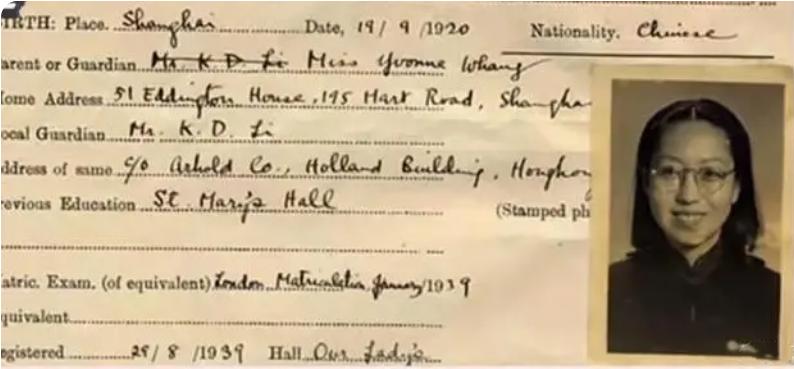
Until her later years, Zhang Ailing’s unsociable and disliked personality did not change. In the eyes of others, her behavior is a bit weird. "She often looks at the wall and sometimes faces the floor. I only heard her footsteps rustling, leaving a faint pink fragrance in the corridor. "
At that time, Zhang Ailing was a researcher at the China Research Center of the University of California, Berkeley. Berkeley University arranged for Taiwan Province scholar Chen Shaocong to be Zhang Ailing’s assistant. They were in the same office, separated only by a thin layer. Chen Shaocong was in the outer room and Zhang Ailing was in the inner room. Chen Shaocong found that Zhang Ailing disliked people very much and deliberately avoided the crowd. Therefore, Chen Shaocong always tidies up the information that needs to be given to Zhang Ailing, and puts it on her desk when Zhang Ailing is away, in this way to reduce contact with Zhang Ailing. In order to completely put an end to contact with others, Zhang Ailing did not go to work during the day. When others were about to get off work, she came to the unit and worked until late at night.
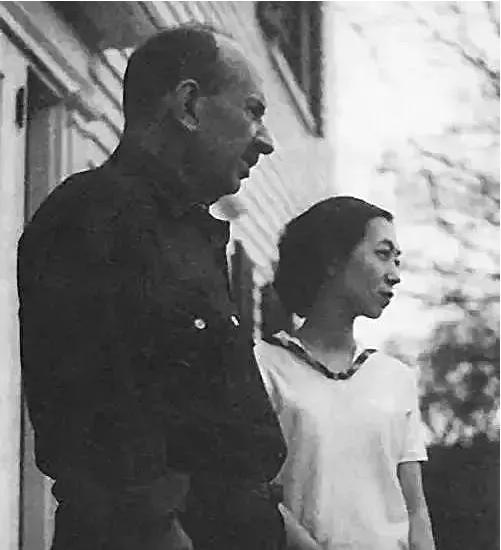
Zhang Ailing and laya
Colleague Chen Shixiang is hospitable and often holds parties at home. Although Zhang Ailing doesn’t like communication, she sometimes has to attend, but even if she does, it gives people a feeling of being unsociable. On one occasion, Chen Shixiang held another party at home. Chen pointed to some friends and said, Everyone is like a big family. However, Zhang Ailing said that she was most afraid of big families, which made everyone very disappointed. On another occasion, Chen Shixiang hosted a banquet for Zhang Ailing at home, and specially invited several junior students to accompany him. On that day, Zhang Ailing and Chen Shixiang were sitting on the sofa together. Chen Shixiang talked a lot, but Zhang Ailing rarely spoke. She only talks to Chen Shixiang, and occasionally she should be greeted by Mrs. Chen, ignoring others. After having been to Chen Shixiang’s home twice, Zhang Ailing never went to socialize, and she refused politely how the Chen couple invited her.
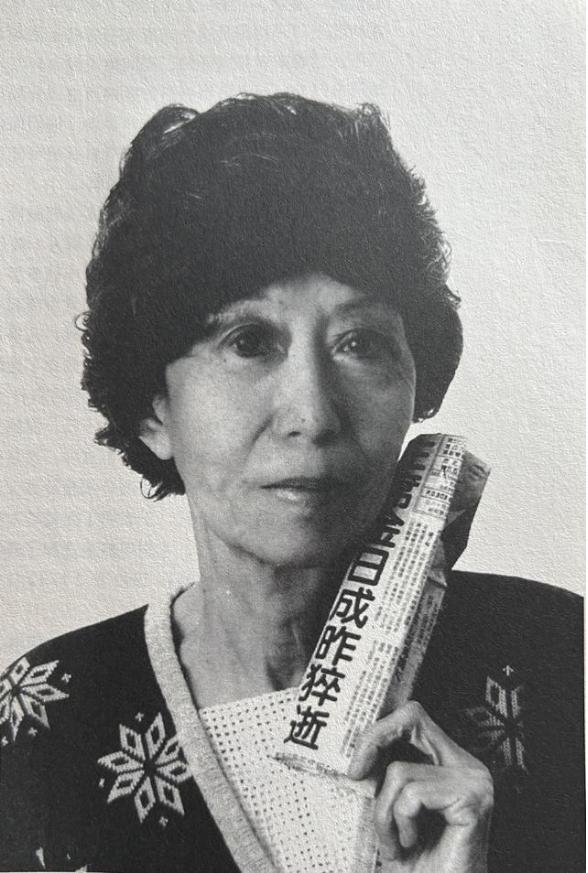
Zhang ailing in her later years
Bai Luomei, a modern writer, commented on Zhang Ailing: "In this bizarre world, no one can live a smooth life. However, I always believe that those who have gone through the Shan Yu of Pinghu and the mountains and rivers over the years will be more vivid and clean. Zhang Ailing is a clean person. She has never bowed her head and given in. She blinks her eyes with a cold and alienated attitude. Her heart is strong and clear, and she lives like no one else’s watching, resigned to her fate. "
Zhang Ailing walked in this world with her own talent, and she got the freedom she wanted with her own talent, which added a lot of color to China’s modern and contemporary literature.
Wang Guowei as honest as ham
Wang Guowei, a master of Chinese studies, was withdrawn and melancholy since childhood and was not good at words. And looks sleepy, short, flat nose, yellow face. Hu Shiyan: "It looks really ugly." Lu Xun said, "Honest as a ham".
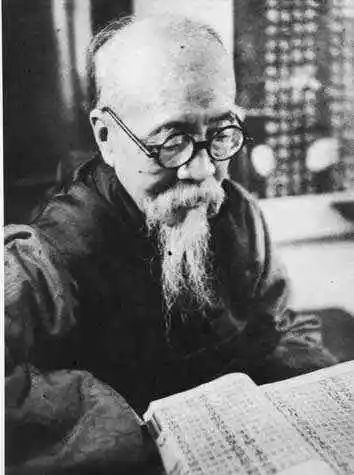
In today’s words, Wang Guowei is a social phobia patient. Not good at making friends with others, but studying alone. But it is precisely because he has a lot of time to be alone with himself that he can devote himself to studying knowledge-he has profound attainments in Chinese studies, studied A Dream of Red Mansions and wrote A Dream of Red Mansions Review, which made the first comparative study paper on Chinese and Western literature in the history of China literature research and became a milestone in Dream of Red Mansions; He is also an outstanding poet, who wrote Ci Hua on Earth and commented on China’s old literature with a brand-new eye. It took him only four years to write the earliest book about the history of traditional Chinese opera in China, A Textual Research on Traditional Chinese Opera in Song and Yuan Dynasties. He is proficient in many languages, teaches himself English and German, and can study the original works of Kant and Schopenhauer.
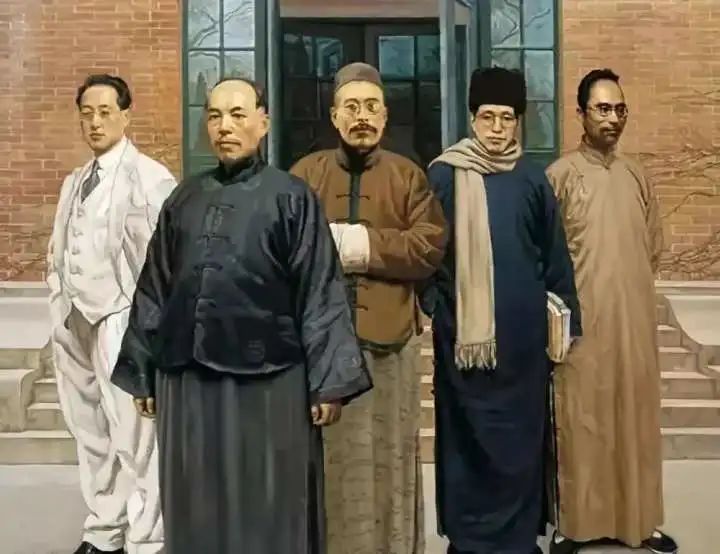
Four tutors of Tsinghua Research Institute
Cai Yuanpei, president of Peking University, asked him to be a professor four times, but he declined. Finally, Cai Yuanpei "looked after the thatched cottage five times" and stated that Wang Guowei agreed only if he wrote letters to teach remotely, but he still insisted on not paying. This is the famous "Four Tutors of Tsinghua Research Institute" (Wang Guowei, Liang Qichao, Chen Yinque, Zhao Yuanren).
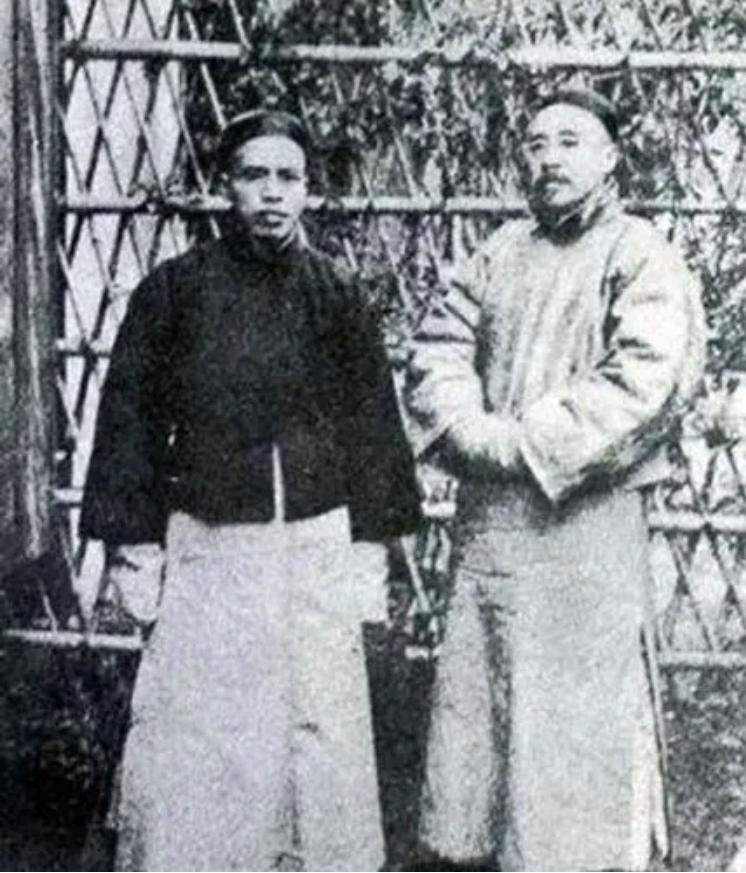
Wang Guowei and Luo Zhenyu’s Achievement of "The Study of King Luo"
In Wang Guowei’s life, Luo Zhenyu was his only confidant, and they met for 30 years. During their stay in China, they wrote the modern archaeological work "Slips of Quicksand" by. Lu Xun evaluated it as a real national study. In addition, both Wang Luo and Wang Luo were interested in Oracle Bone Inscriptions. Luo Zhenyu wrote Textual Research on the Book Deeds of Yin Ruins, Wang Guowei wrote Textual Research on the Seniors and Kings in Yin Oracle Inscriptions in 1917, and then wrote a Continued Examination. Together with Guo Moruo and Dong Zuobin, they became the "four halls of Oracle Bone Inscriptions".
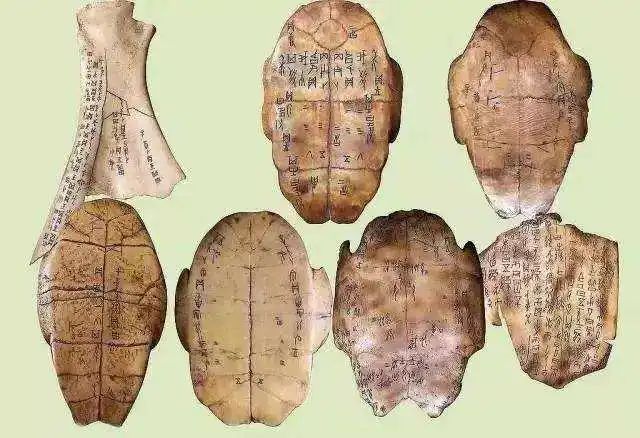
After completing one groundbreaking academic research by himself, Wang Guowei committed suicide at the age of 50 by investing in Kunming Lake in the Summer Palace. Just the night before, he was still talking about academics at Chen Yinque’s home. Chen Yinque didn’t feel any difference. Unexpectedly, Wang Guowei had a suicide note in his pocket at this time, with only a few 122 words-fifty years, only to die, but after this world change, he was no longer humiliated …
Taishan collapsed in front of him without changing color.
Lin Biao, as one of the top ten founding marshals of New China, is indifferent and rarely communicates with others. Whenever he is cold, it is difficult for people around him to have a heart-to-heart conversation with him. He is so indifferent that even the cook can’t help him with food, otherwise he won’t eat.
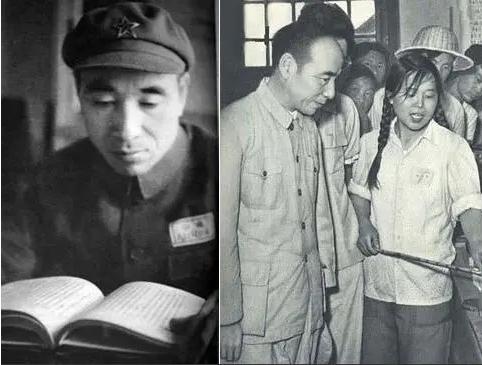
According to the data, at that time, the generals of the four fields often went to the headquarters for meetings. Lin Biao never greeted them, only talked about business when they met, and then got up and left. At most, he threw the fried soybean bag in his hand in front of each other and asked them if they would eat. The staff around him recalled that Lin Biao was particularly afraid of the wind, never walked outdoors, and liked to walk alone in a quiet room, never getting together with others. This very specific living habit and withdrawn personality made Lin Biao look a bit different among the founding generals.
Suffering from his illness, he became more unsmiling and serious as a woodcarving. During his three years in the Soviet Union, he turned his energy to studying the works of famous military strategists in Britain, France, Germany, Russia and other countries, devoted himself to studying military theory, locked himself in his room every day, pacing, circling and studying maps endlessly, and repeatedly, without any change.

Lin Biao likes to eat soybeans
After returning to China, Lin Biao quickly threw himself into the intense work, and he was silent when he paid back the debt, because he lost communication with people around him because of his busy work. Lin Biao, a personal attendant in Nanshan Villa, stayed with Lin Biao for more than ten days. Lin Biao didn’t say a word to him, and Lin Biao rarely spoke to his secretary. His voice was hardly heard in the villa. When he was on a special plane, he said very little. As long as he sat in the box, he either read the documents or leaned against the glass window of the plane to meditate and look out. It often took an hour to look at it. Only once did he tell the waiter on the special plane that there were still shrapnel on his spine, and he was always afraid of the wind, the cold and the sun.
Lin Biao in life is insulated from jokes. If anything, he has only played a joke with everyone once in his life, and it’s not even funny. As an outstanding "God of War", Lin Biao is naturally favored by the opposite sex. However, in this respect, Lin Biao has never done anything out of line. Some people have commented that Lin Biao has reached the point of "disgusting women".
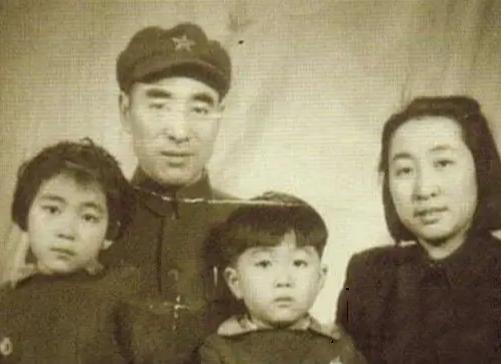
However, because of his indifferent personality, he can calmly deal with no matter how difficult he encounters in the military. Known as "Taishan collapsed in front of him without changing his face".
In addition to the above-mentioned celebrities in history, there are also many celebrities who are "socially fearful" today. For example, Tony Leung Chiu Wai, a boy in the hearts of many fans, and Stephen Chow, who brought us laughter after 1980s. In this impetuous era, it may give many advantages to the glib social cattle. They can make friends more easily and show themselves more easily. However, it is precisely because of the impetuousness of the times that we should give ourselves more time to settle down and explore and dig deep in our own fields-perhaps it is not bad to be a "social fear" seriously!
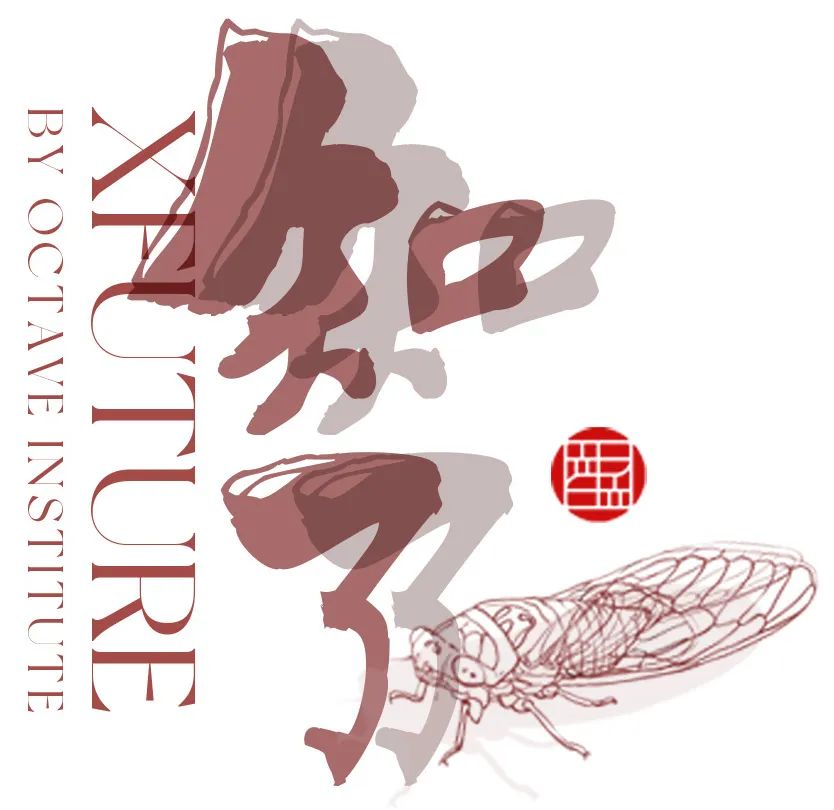
Are you a social fear or a social cow?
Write | Jane
